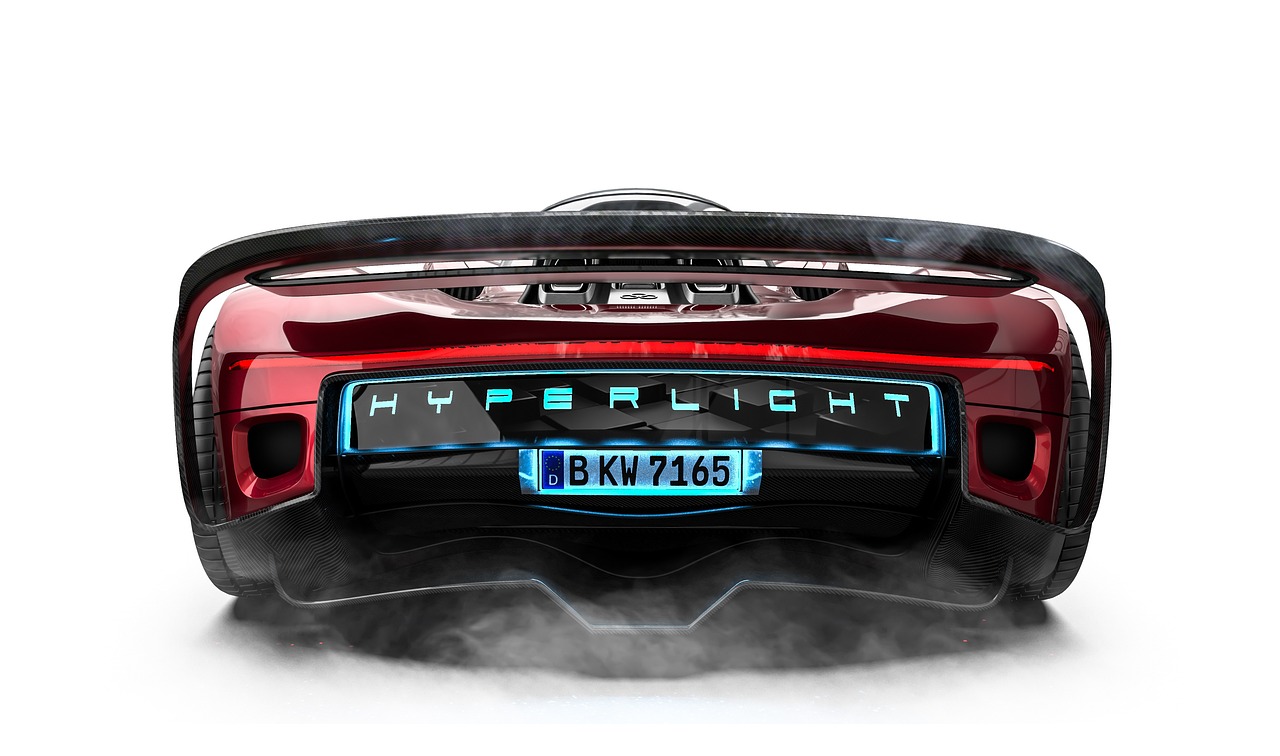The Psychology of Car Racing Liveries: Branding, Identity, and Sponsorship
Car racing liveries play a crucial role in visually communicating a team’s identity, sponsors, and overall message to fans and spectators. These dynamic designs not only serve as a branding tool but also create a sense of unity and cohesion within the team. The strategic placement of logos, colors, and graphics on the car’s exterior can instantly convey a team’s values, heritage, and personality without the need for words.
In the fast-paced world of car racing, where split-second decisions can make all the difference, the visual elements of a livery must be carefully designed to catch the eye and leave a lasting impression. Bold colors, striking patterns, and innovative typography are often used to make a team stand out on the track and in the minds of viewers. By harnessing the power of visual communication, car racing liveries have the ability to captivate audiences, evoke emotions, and create a strong visual identity that sets one team apart from the rest.
The Influence of Color Psychology in Designing Car Liveries
Color psychology plays a crucial role in the design of car liveries, as different colors evoke various emotions and perceptions. When creating a car livery, designers consider the impact that colors have on viewers and how they can convey the intended message effectively. For example, red is often associated with energy, passion, and urgency, making it a popular choice for race cars to portray speed and intensity.
In addition to individual color meanings, the combination of colors in a car livery can also influence how the design is perceived. Complementary colors like red and white can create a sense of balance and harmony, while contrasting colors like black and yellow can make a livery stand out and grab attention. By strategically using color combinations, designers can enhance the overall aesthetic appeal of a car livery and leave a lasting impression on fans and spectators.
How does color psychology play a role in designing car liveries?
Color psychology helps designers choose colors that evoke specific emotions and create a visual impact on the audience.
Can car liveries influence the performance of a racing car?
While car liveries themselves do not directly impact performance, they can affect the mindset and emotions of the driver, potentially influencing their performance on the track.
Are there specific colors that are commonly used in car racing liveries?
Yes, colors like red, black, and yellow are often used in racing liveries due to their association with speed, power, and energy.
How important is the visual communication aspect of car liveries in racing?
Visual communication is crucial in car racing as liveries help teams stand out on the track, convey sponsor messages, and create a strong brand identity.
Can changing the color of a car livery have a significant impact on its reception?
Yes, changing the color of a car livery can change how it is perceived by fans, sponsors, and the media, potentially impacting the team’s image and success.





